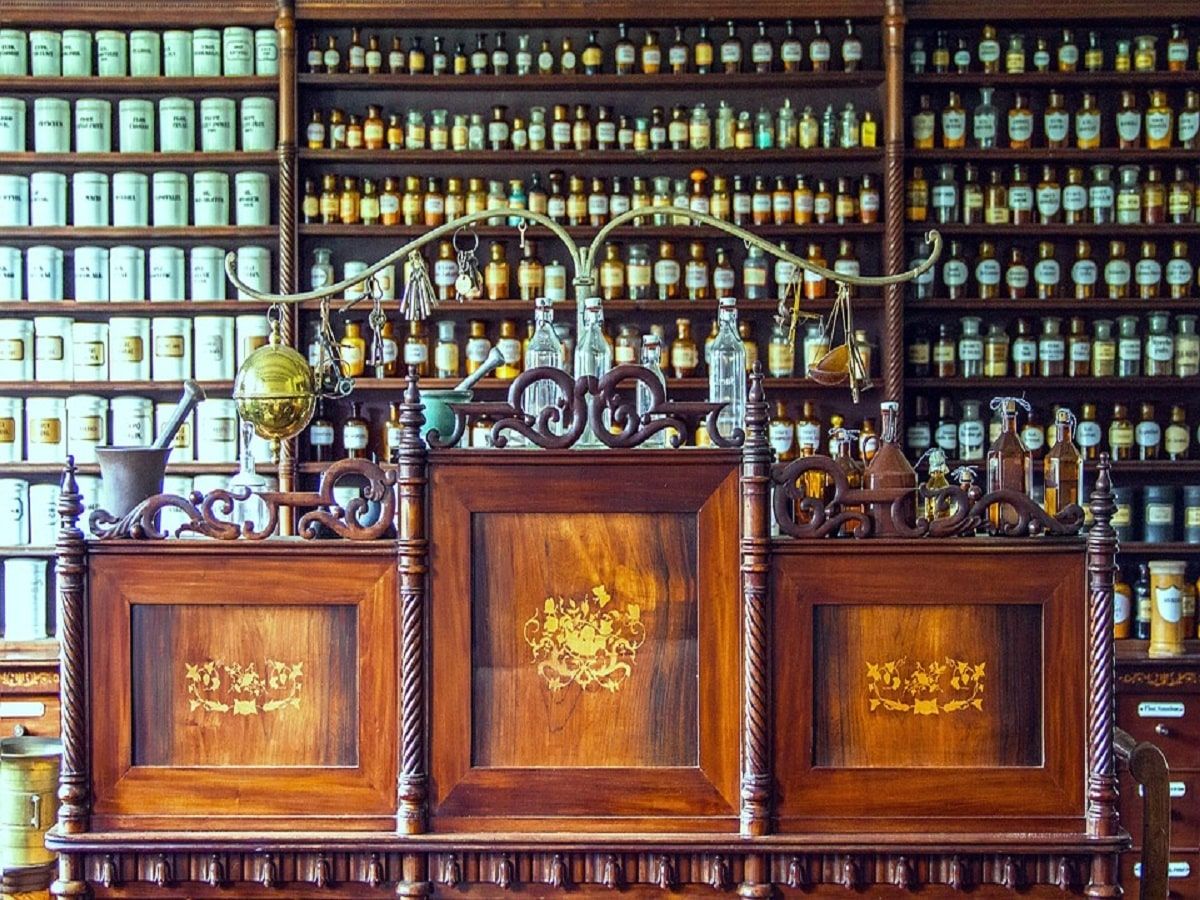
A Focus On German Patients: What Do They Still Face?

A Focus On German Patients: What Do They Still Face?
At an undisclosed location, somewhere in Bavaria, a group of activists met on the first weekend of November. They were drawn there by their friendships and their long-time struggles to gain access to medical cannabis.
All of them were sick. But for all the disabilities, across a range and spectrum of chronic conditions, there was also a very serious commitment at the gathering too.
These were all German cannabis patients, frustrated with the many issues still in the room since the market began to reform and change in 2016.
Most have not been able to find regular doctors. All of them have struggled with insurers and finding regular supplies at their local pharmacies (including in big cities like Berlin), and a lot of them are starting to cultivate cannabis again if they ever stopped.
For all of the “reform” in the room, namely that cannabis is now available by prescription in German pharmacies, there is still a long way to go. What is on the market is too expensive not only for patients, but also insurers, to cover in increasingly large numbers. Changing the compensation that pharmacies must charge (as is now in the offing) is just one small piece of the conundrum.
In Germany currently, legal medical cannabis that patients can buy in pharmacies costs more than twice as much as what can be found on the unregulated market, and on the grey market prices can frequently go as low as 5 euros a gram, if not “free” for those who grow at home illicitly.
Some of the more business and cost-minded patients are estimating their costs too. Even the fairly novice growers understand that they are looking at the same costs per gram as growing say, tomatoes. Unless of course, they get caught.
Many patients now carry their cannabis in the pre-packaged containers that all the big companies provide flower in for the German market. The joke of course, if not the reality in every medical cannabis market in Europe right now, is that it is not what is actually in those plastic jars.
The patients at the deep end of both sick and tired are defending themselves in the only way that they can. As more than one of the meeting attendees said, “What are they going to do? Arrest me? They already have.”
Everyone knows at this point though, that at least a part of the battle has indeed been won. Germans at least know that really sick people can in fact legally obtain and use cannabis. The particulars, at least so far, however, have not moved the needle anywhere fast enough.
For those whose mobility and/or budgets are limited by their condition, the only way to respond in both protest (if not effective challenge) is very simple – grow their own, or be part of a cooperative that includes them for free or for a minimal charge in a circle of people who know this is the only drug that helps them manage their condition so effectively.
To leave them out of the circle of care, would be, at its core, a very un-German thing to do. It is not a message that the “industry” wants to hear, but it is in the room and as a steady drumbeat that will not go away.
Share article
Ticket Prices increase
JANUARY 28

Ticket Prices increase
JANUARY 28

Join Our Awesome Community
Join Our Awesome Community
Join Our Awesome
Community
Get all the latest industry news
delivered to your inbox







